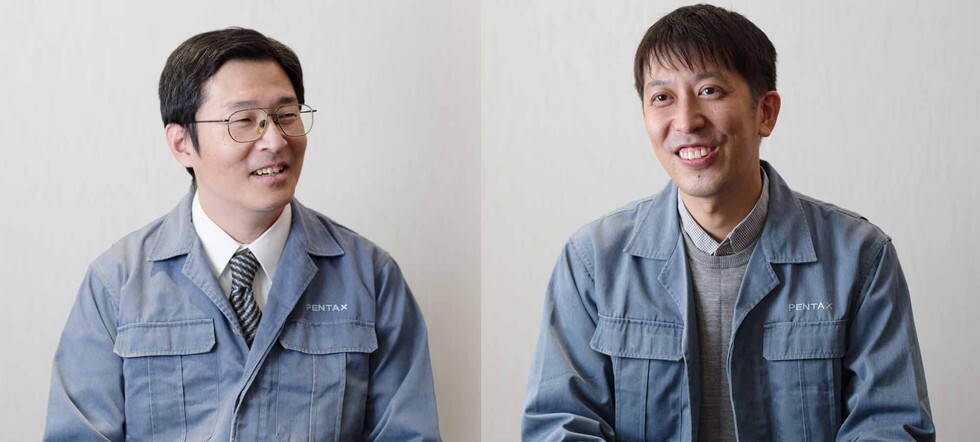Challengers
III. The creation of an image
The unending pursuit of PENTAX’s imaging goals
Challengers
III. The creation of an image
The unending pursuit of PENTAX’s imaging goals

Masakazu Terauchi
Image Quality Designer

Masashi Miyata
Image Quality Designer
“What we create is photography.”
Terauchi: When determining the image quality of a given camera, PENTAX most highly values the process of photography.
Miyata: When a camera’s final output is regarded simply as a digital image, attention is too often paid solely to improving the numerical specifications of the camera. In general, when you want to reduce noise, you try to improve noise-related specifications in numerical terms by applying a high level of noise processing.
However, PENTAX believes that it’s important to harmonize image resolution and noise. By optimizing the balance of these two factors, we can deliver the distinctive image quality that is characteristic of PENTAX SLR cameras. We believe that noise contains some photographic data that is better left untouched. Such data can be a crucial factor in creating the overall impression of the image. For example, we can take advantage of this data to express the subject’s outline in the area where an in-focus portion of the image begins to merge with an out-of-focus portion, or to create a smooth, natural transition in out-of-focus areas.
In fact, the data often decide important elements of photography, including the sense of a subject’s depth and dimensions, and the image’s ambience. In other words, excessive noise processing may sometimes eliminate some data that is essential to photography. That’s why we try to retain the subtleties of the captured image when we are developing a particular image-quality element in a new camera.
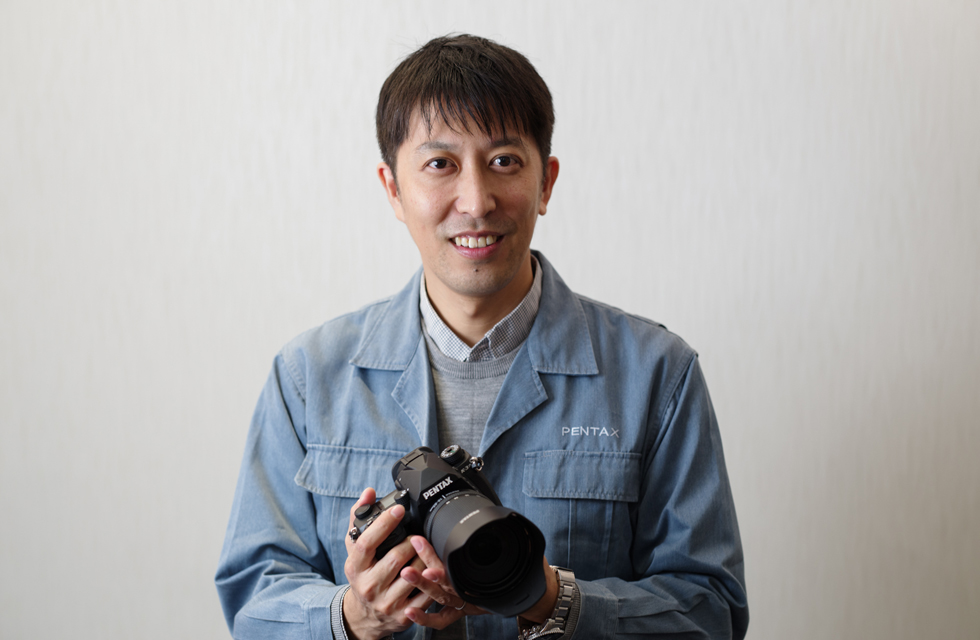
Terauchi: As we try to improve the camera’s image quality, we pay great attention to factors that can’t be measure simple by numbers, and employ an assessment process called “sensibility evaluation.” Our image-quality development team members capture a great variety of images in many different situations, to build up as much data as possible. Based on the obtained data, we make a series of assessments to determine which images deliver a distinctly PENTAX expression, and which images most effectively portray the photographer’s creative intensions. Only after this lengthy process of image assessment can we determine the specific image quality which we call “sensibility quality.”
Miyata: Of course, we also welcome the opinions of many photographers, including professionals. But, for image quality development, we believe that it’s very important to have the same person acting as photographer, developer and evaluator.
Terauchi: For the new PENTAX K-3 Mark III, we replaced all key devices, including the image sensor, imaging engine and accelerator unit. Although our product development goals remain unchanged, the improved performance of these key units is essential in determining to what extent we can achieve our goals.
Miyata: The new devices made it possible for us to improve image quality in the lower sensitivity ranges, and also to attain the top sensitivity of ISO 1,600,000.
Our pursuit of higher top sensitivity also led to the development of better image-quality development technologies over the entire sensitivity range. This also meant that we could better assure more natural image rendition in the frequently used sensitivity ranges.
The incorporation of the new PRIME V imaging engine is the key to the higher-resolution reproduction of image details. Previous K-series models provided two image sharpness-enhancing functions in addition to the default setting: Fine Sharpness, to express the subject outline with thinner, more natural lines: and Extra Fine Sharpness, to emphasize the subject outline more prominently with much finer lines.
For the PENTAX K-3 Mark III, we successfully developed the ideal sharpness-enhancing technology, one that not only emphasizes the subject’s outline more naturally, but which also greatly improves the reproduction of the subject’s texture. This new sharpness adjustment feature integrates conventional Fine Sharpness and Extra Fine Sharpness functions, and is incorporated into the camera as the default setting.
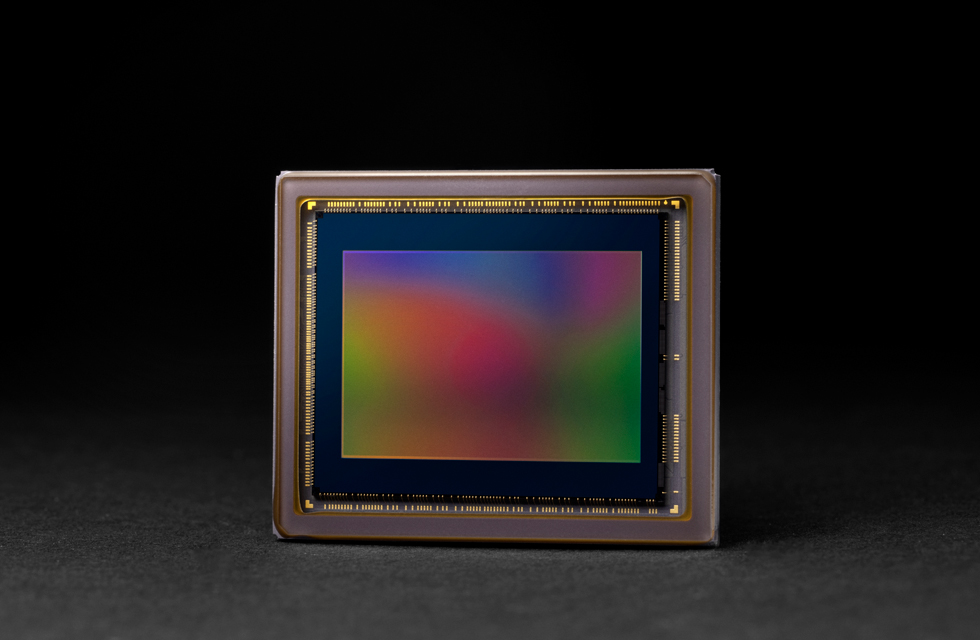


Terauchi: When we talk about developing characteristic PENTAX images, we also need to cover the subject of color reproduction. PENTAX’s Custom Image function lets the photographer enjoy the distinctive color reproduction that has been developed by PENTAX over many years. It adds specific finishing touches to captured images to better express the photographer’s impression of the subject at a photo-shooting location, or to better reproduce the ambience of a certain scene.
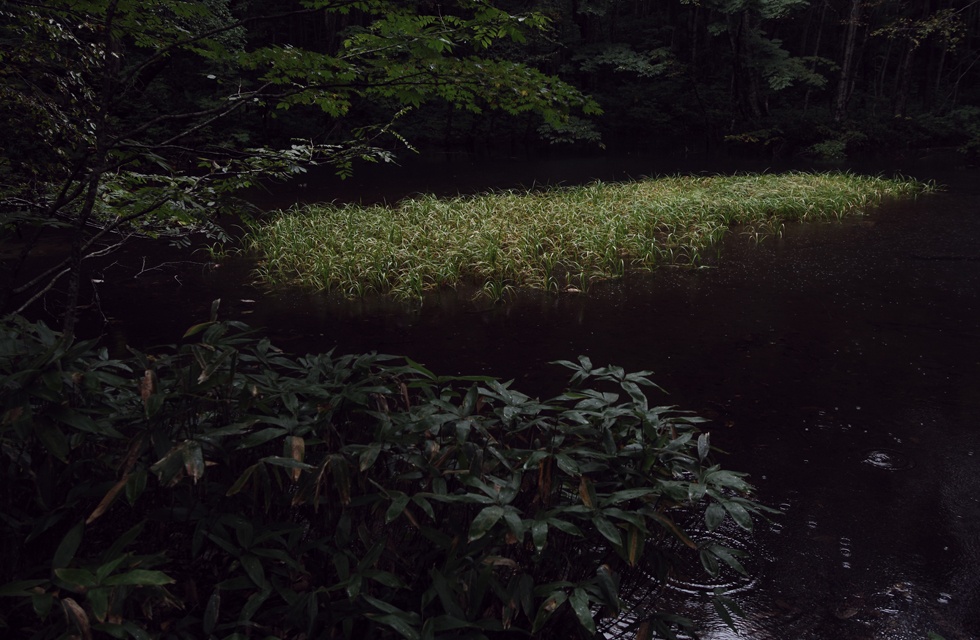

Miyata: The PENTAX K-3 Mark III also lets the photographer easily adjust a variety of parameters, such as saturation, shade and contrast. By optimizing these parameters, the photographer can freely create many different kinds of photographic expression. When a certain parameter is adjusted, the camera automatically adjusts all related parameters to optimize the result. This assists the photographer in recreating the impression colors to express the joy and excitement originally experienced at a photo-shooting location.
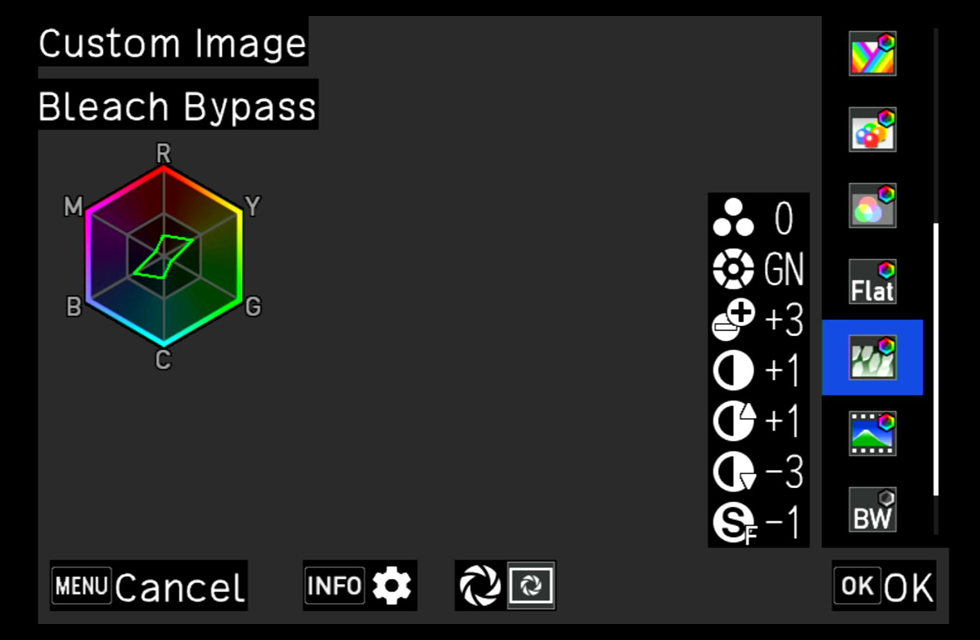
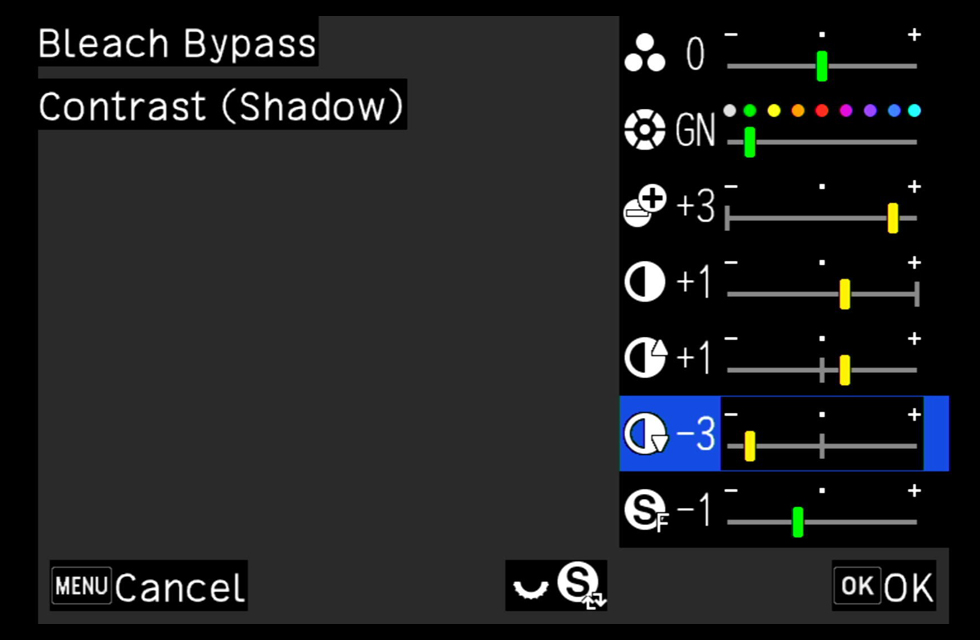
Terauchi: Just to repeat an important point again: what we create is photography.
My hope is that the PENTAX K-3 Mark III creates a positive reaction by the users to the images they capture: that they relive the excitement of the shooting experiences, or the ambience they felt at the photo-shooting location, by reproducing the subject more dramatically and expertly.
That’s why we designed the PENTAX K-3 Mark III — the camera that can greatly enrich your photographic experiences.
